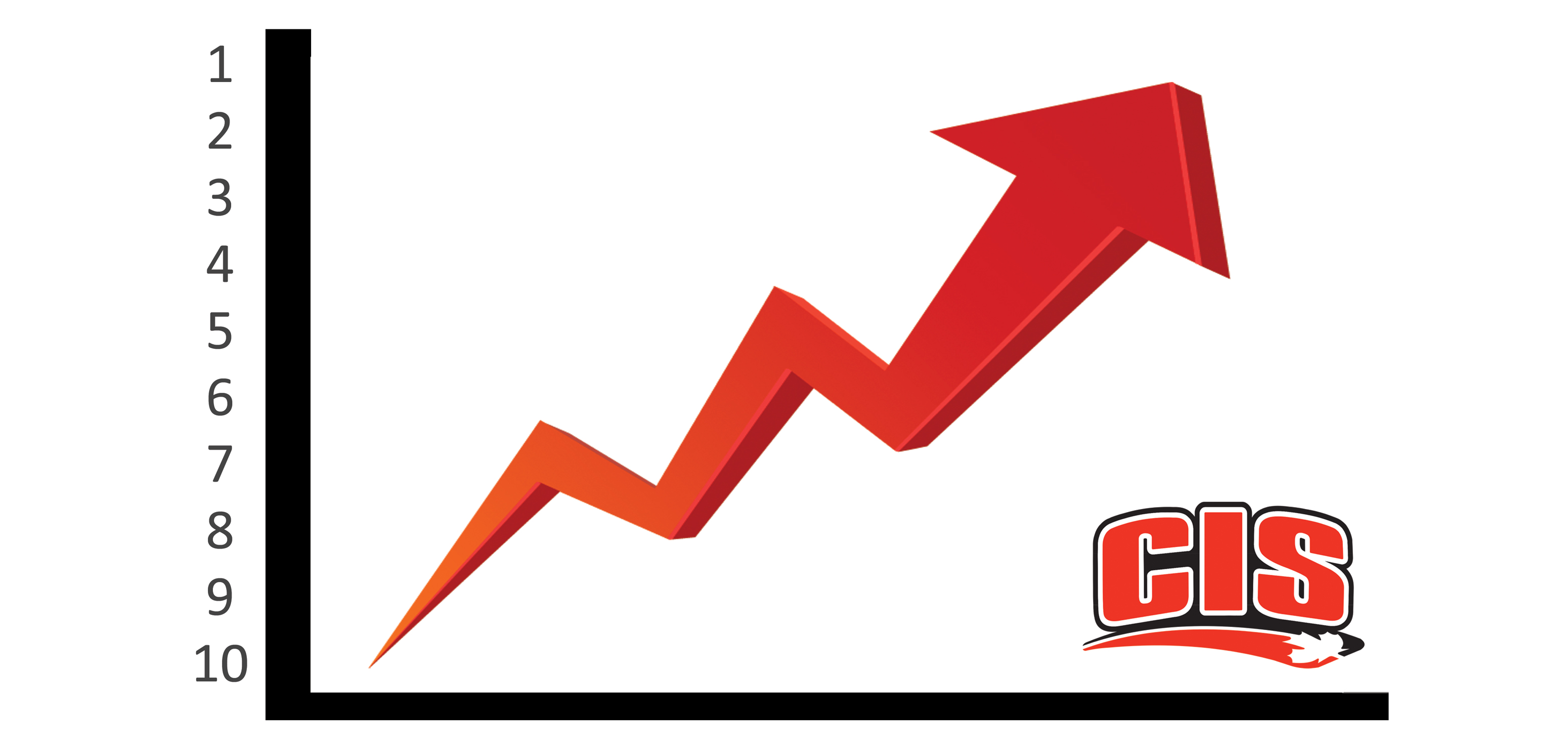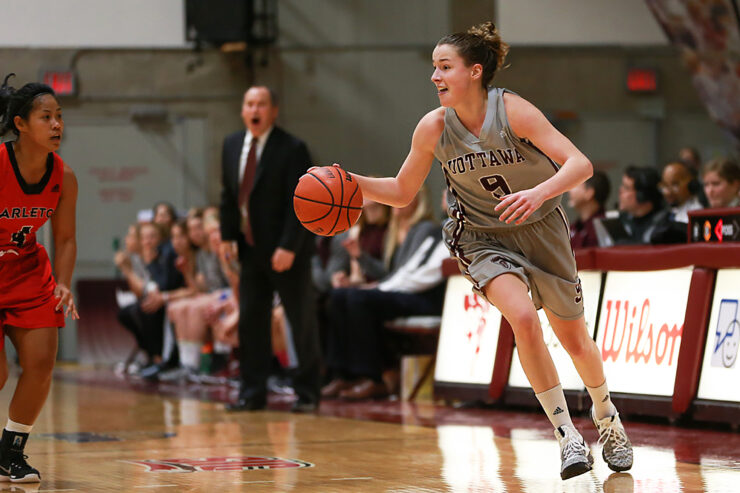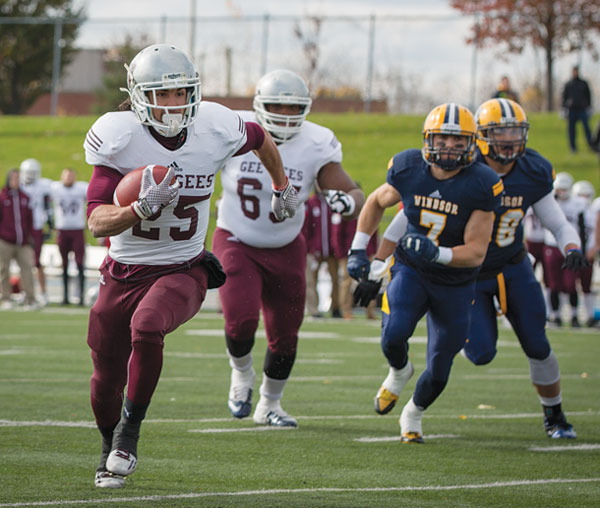Looking into the fragmented ranking system in Canadian collegiate sport
Inconsequential at the surface, the subjective Top 10 rankings carry more influence on members of Canadian Interuniversity Sport (CIS) than expected.
The rankings are for the most part a coaches poll, a list of the top ten teams in the nation for each sport—across all leagues and their divisions—put together from votes by coaches across the CIS.
Without the use of conventional win-loss, head-to-head, and strength of schedule statistics, the rankings are compiled in a totally subjective manner—at the coaches’ discretion. They are also separate from the league standings, which do naturally implement those conventional statistics.
Much like the controversy surrounding the National Collegiate Athletics Association’s football bowl-game postseason format—in which the National Championship game participants are decided by coach and media-polling—the CIS Top 10 rankings present a similar concern regarding internal validity.
In several unexplained instances, a team’s record and place in the standings has not reflected their relative position in the rankings.
In men’s basketball, for example, Ontario University Athletics (OUA) Central division-leading McMaster (9-2) are ranked three spots below their division adversary Brock (8-2) in the rankings, in spite of their edge in win-percentage and in the standings.
The Gee-Gees men’s basketball team faced similar discrimination in the contentious CIS Top 10 rankings, after being inexcusably dropped to No. 3 despite their perfect record in the standings.
After last week’s stunning victory over their cross-city rival, the powerhouse Carleton Ravens, the Gees were rightfully rewarded in the rankings, claiming first place in the nation.
While the league-wide respect is surely satisfying, Gee-Gees men’s basketball head coach James Derouin knows his No. 1-ranked team places little importance on those rankings.
“They don’t care about the #1 or #3 in January, it’s a coaches-poll,” he said, following their win last weekend against the Ravens. “When the program was coming up, getting recognized by a number-one ranking was great, but these guys know it’s about getting better and winning a championship at the end of the season.”
Leading in the OUA North standings at 9-1, Derouin and his team’s lack of concern for their ranking seems merited—particularly because the CIS Top 10 rankings don’t officially carry any influence on playoff seeding, which is based entirely on league standings.
However, a snubbing in the rankings could mean more than a deflated ego. While not directly used in determining the playoff picture, the rankings could affect the wildcard spot for championship tournaments by influencing decision makers.
Such a prospect could potentially be a reality for the Gee-Gees women’s basketball team (9-1), who are comfortably in first place atop the OUA North standings yet are questionably ranked No. 10 in the CIS Top 10. This ranking comes despite the team’s better win-percentage than four of the nine teams ranked ahead of them.
When Gee-Gees women’s basketball head coach Andy Sparks was asked about his team climbing the national rankings, he jokingly alluded to the fact that his team being atop their division standings hardly helps their chances, compared to the influence of their place in the rankings.
“If we get up to number one in the (Top 10 rankings) at the end of the year because we win every game, they’ll probably have to consider us for the wildcard.”
It is without a doubt that the Top 10 rankings mean something, it’s just whether or not they are truly executed properly and to their full potential. For now, the rankings are not much more than a glorified coaches’ poll, something that lacks validity from the fan perspective. The people watching the sport should decide, not those participating in it.




